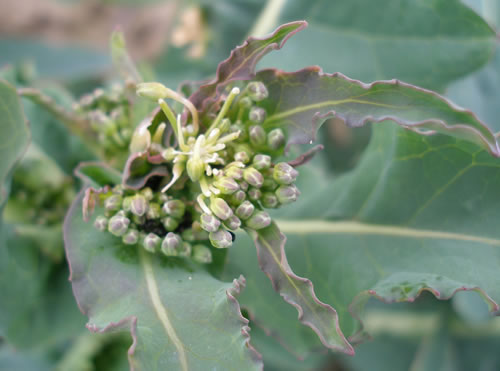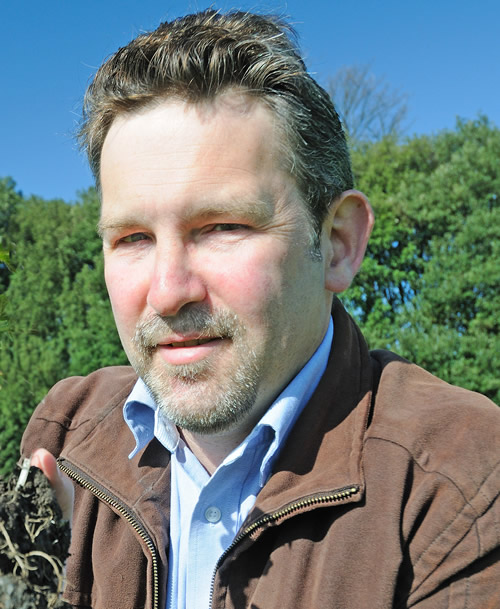
Nearly two-thirds of UK Pollen Beetle populations are showing signs of resistance to pyrethroid spray controls, reports Michael Tait of Syngenta. Speaking at the Association of Applied Biologists Crop Protection in Southern Britain Conference in Cambridge last week (23-24 February), he highlighted that resistance initially only found in Kent and coastal Britain, had now extended across England up into the Scottish borders.
Populations of Pollen Beetle that proved ’Highly Resistant’ or ’Resistant’ to pyrethroids had increased from around 10% in 2007, to over 50% in 2010. Further populations were identified as ’Moderately Resistant’ and highlighted the continued shift in the population make-up.
"It is clearly time for growers to rethink their control strategies, if they are to avoid potential crop losses seen in other European countries, such as France and Germany," he said. The feeding activity of Pollen Beetle at the green to yellow bud stage damages the buds and prevents formation of seed pods. This occurs when temperatures reach 15ºC and beetles migrate into the crop, typically during mid to late April.
Mr Tait reported trials across Europe with the new oilseed rape insecticide, Plenum (pymetrozine), had shown higher levels of control and economic yield benefits, compared to pyrethroids. "Importantly for resistance management, Plenum has a different mode of action and controls all Pollen Beetle strains resistant to pyrethroids," he added.

Research trials in Kent last year, for example, showed Plenum treatment achieved significantly better control of Pollen Beetle than either pyrethroid or neonicotinoid sprays, at both three days and seven days after application. The single Plenum application reduced Pollen Beetle numbers to an average of less than two per shoot after three days and just 0.5 per shoot after seven days, compared to 10 beetles per shoot after three days in the untreated crop. Three days after application the pyrethroid and neonicotinoid treatments had 5.5 and 7.5 beetles per shoot remaining respectively. Mr Tait pointed out results were per shoot, with correspondingly higher beetle numbers per plant.
He also highlighted that yield improvements in a trial with Plenum in France, for example, had been calculated at 0.5 t/ha over untreated which, with current oilseed rape prices of around £400/t, would be worth an extra £200/ha to growers.
"With the increasing resistance of Pollen Beetle to pyrethroid sprays, the introduction of pymetrozine offers an effective new option with good knockdown and persistence efficacy, with valuable yield benefits seen in a number of trials," he said.
Agronomists and growers at the conference were advised Plenum should be applied whilst crops were at the green to yellow bud stage, before flowering, when Pollen Beetle activity reaches threshold levels. A single application at a cost-effective 0.15 kg/ha should be applied.
Mr Tait also acknowledged the work of Dr Alan Dewar of Dewar Crop Protection and Antonin Horak of Syngenta in the Czech Republic in compiling his conference presentation, along with Russell Slater and the Pollen Beetle team at IRAC (Insecticide Resistance Action Committee), for information on resistance issues.
